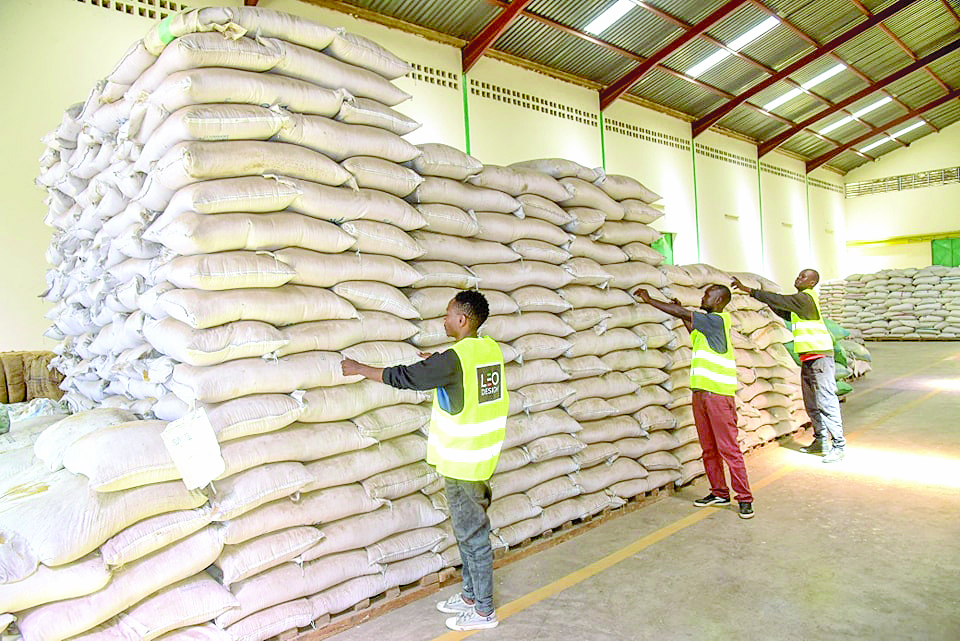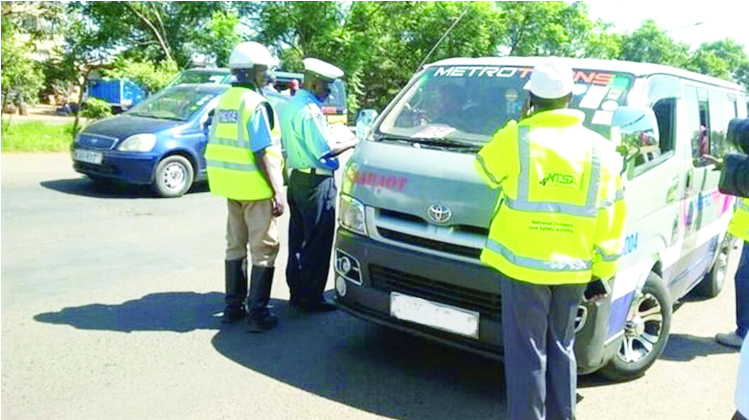Address late fertiliser distribution

Farmers across the country are preparing their fields in anticipation of the long rains that typically begin around March in most parts of the country.
Some farmers have bought seeds, fertilisers, and the required inputs in preparation. However, a good number of farmers still rely on government-subsidised products, especially fertilisers, so they are yet to purchase them.
But despite this reliance on the government, delays in distributing these subsidised products have been a common challenge in previous planting seasons. Too often, government-subsidised fertilisers and seeds arrive after the rains have already begun, leaving farmers to either plant late or proceed without the necessary inputs. Both scenarios result in suboptimal yields.
This needs to change. The government needs to start distributing subsidised farming inputs now. The reason is delays in distributing these essential inputs often derail farmers’ efforts, leading to poor yields and perpetuating the cycle of food insecurity. Apart from that, when farmers fail to receive inputs on time, their entire planting cycle is disrupted, compromising the entire agricultural season.
This delay is not merely an inconvenience; it is a significant threat to food production. When farmers plant late, crops fail to align with the optimal rainfall patterns, increasing the risk of stunted growth, poor harvests, and vulnerability to drought or flooding later in the season. Furthermore, the absence of quality inputs leads to low productivity, forcing farmers to contend with poor harvests even when rains are sufficient.
The irony is that the government often launches its subsidy programs with much fanfare. Yet, the actual implementation tends to falter at the distribution phase. Farmers queue for hours, some traveling long distances, only to find that stocks are depleted or have not arrived. This inefficiency undermines the very purpose of the subsidy programme, which is to cushion farmers from the high cost of agricultural inputs and enhance productivity.
It is time for the government to recalibrate its approach. Distribution of subsidised farming products should not wait until the onset of the rains. Instead, preparations should begin well in advance, ensuring that inputs are readily available to farmers as they prepare their farms. This proactive approach will allow farmers to align their planting schedules with the first rains, maximising their chances of reaping a bumper harvest.
A robust supply chain and distribution system is also paramount. The government should work closely with county administrations and local agricultural officers to identify farmers’ needs and establish efficient delivery mechanisms.
Leveraging technology, such as digital platforms and mobile applications, can also streamline the process. Farmers can be notified in real-time when inputs are available, reducing congestion and minimising delays. This will not only save farmers time but also reduce the likelihood of inputs running out before they can access them.
Additionally, the government should consider partnering with private-sector players to enhance distribution efficiency. Agro-dealers with established networks in rural areas can serve as distribution points, reducing the burden on farmers and minimising logistical bottlenecks. Such partnerships can inject efficiency and accountability into the distribution chain.
Strict monitoring mechanisms should also be adopted to ensure that the intended beneficiaries receive their share. Transparency and accountability at every stage of the distribution process will build trust among farmers and ensure that government subsidies serve their intended purpose to support farmers and boost food production in the country.
— The writer is a Science Reporter with People Daily and PD Wikendi














